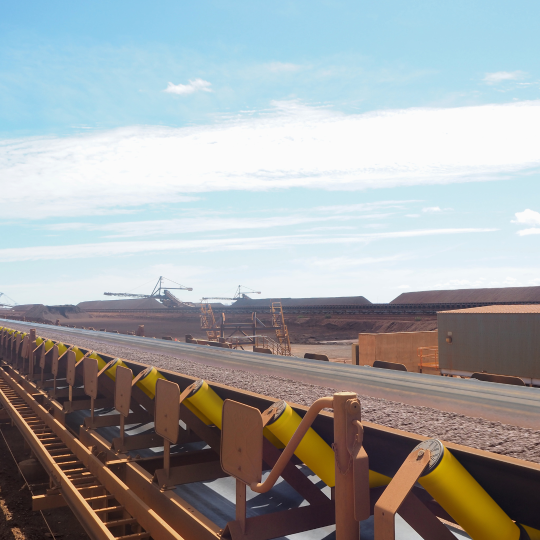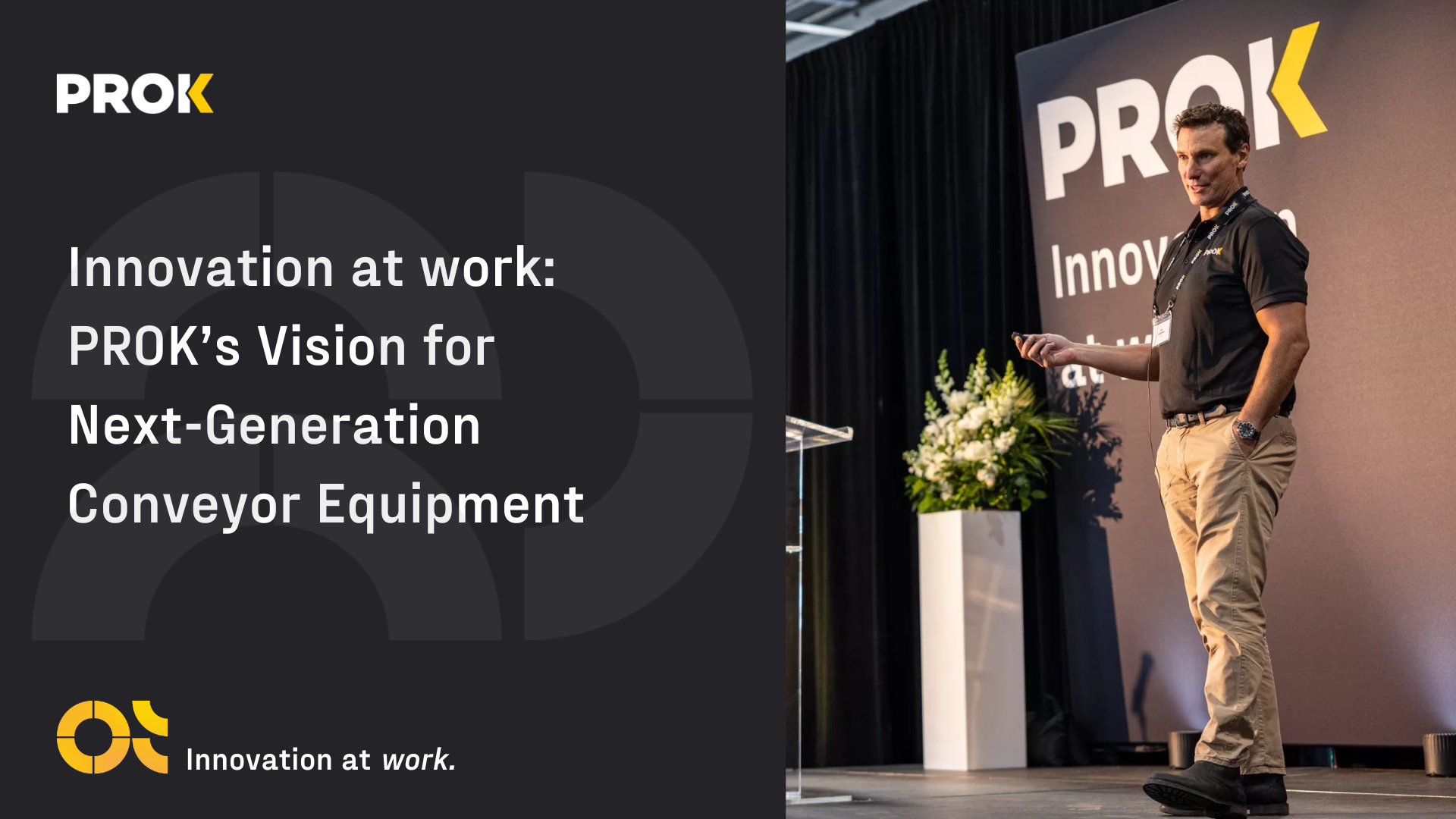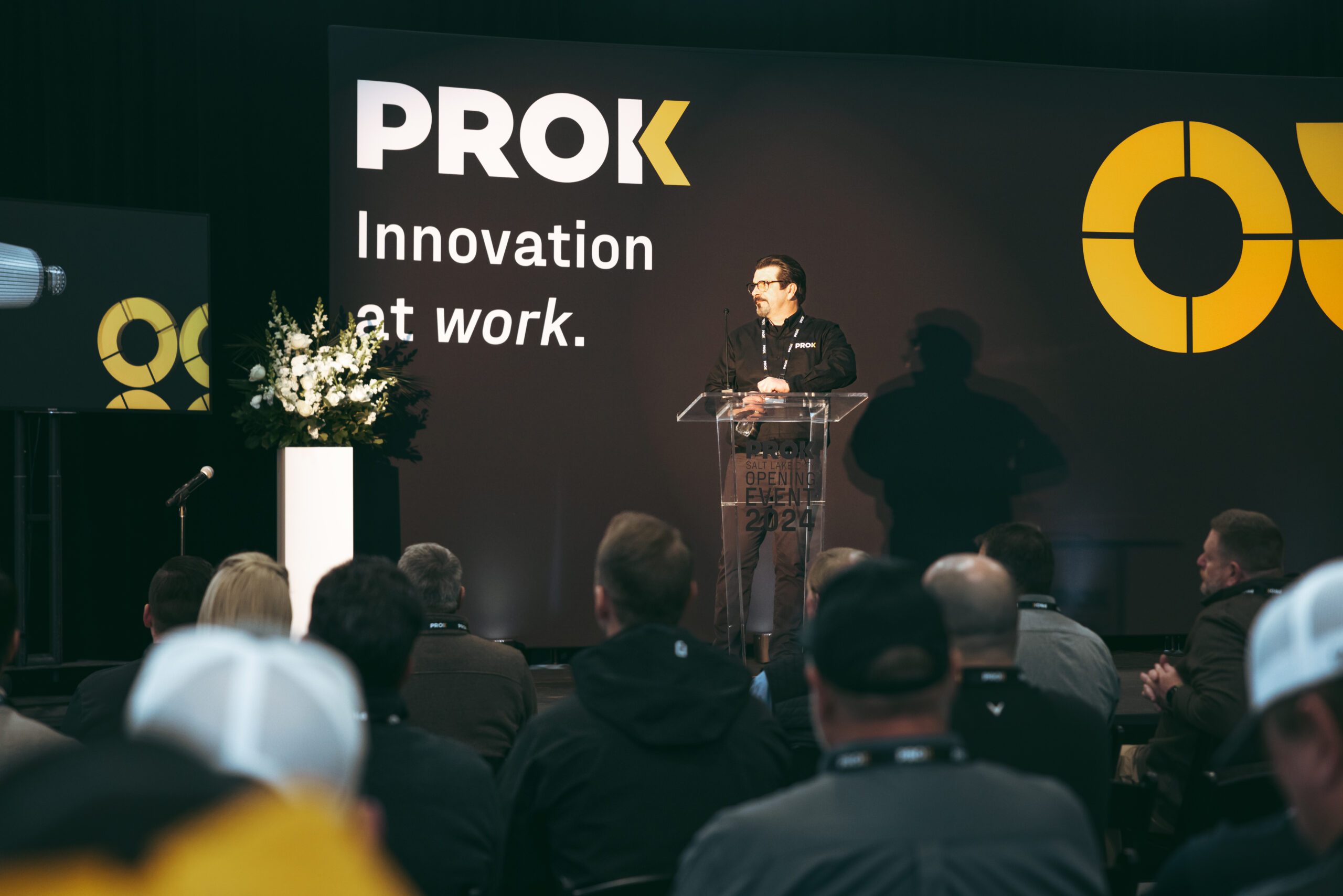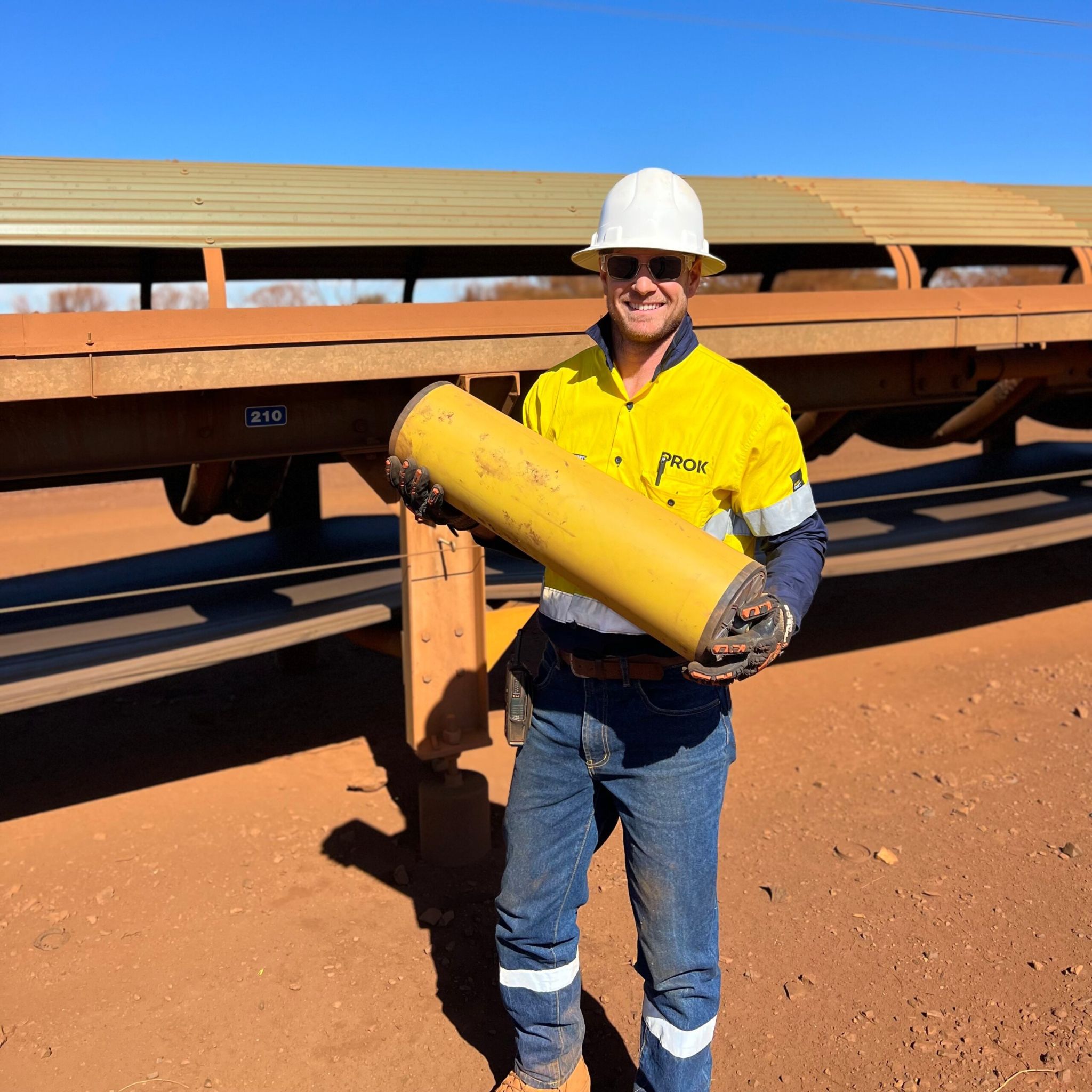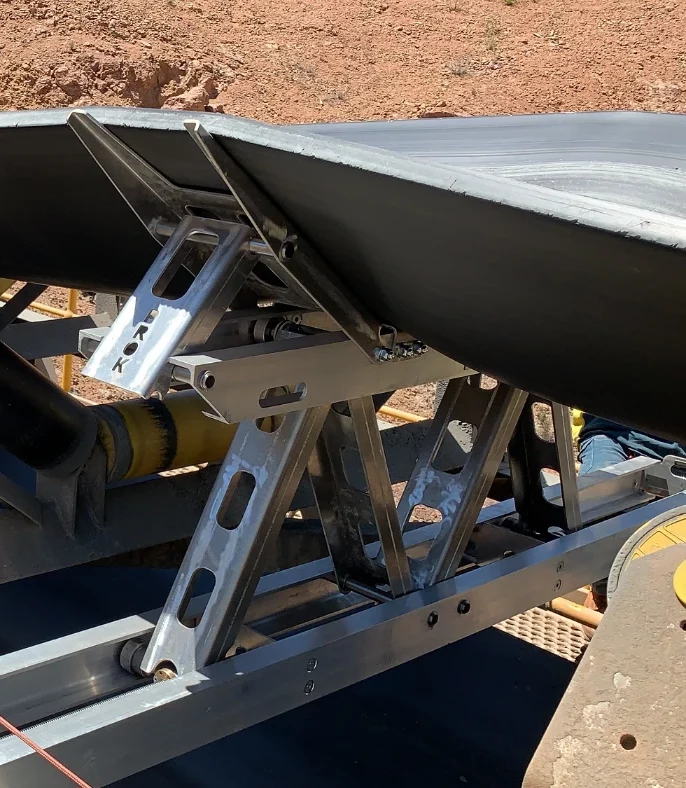Choosing the right roller for your conveyor belt system is critical to maximise your productivity and reduce unplanned downtime on your site. To achieve maximum longevity and performance of the roller in your conveyor system all aspects of the rollers operation need to be considered.
At PROK, our team of product specialists considers these the most important factors when it comes to selecting the right roller for your conveyor belt system:
- Roller operating life
- Operator and environmental impact including
- Weight of the roller
- Noise generation
- Exposure to wet or corrosive conditions
How long should a roller last?
Bearing life expectancy is an important factor to consider when selecting a roller. This is affected by many factors, such as the speed at which your conveyor belt moves, how much weight is on it, or if there are vertical curves.
Failure analysis of mining conveyor rollers has shown that most failures can be attributed to three primary reasons:
- Bearing failure due to inadequate sealing system
- Bearing housing to shell bond
- Wear and abrasion on the shell
Seal designs and bearings go hand in hand, seals protect the bearing by preventing contaminants and moisture from entering. Corrosion has been found to be the largest contributing factor to roller failure; this can be minimized with a premium seal arrangement such as a grease-filled labyrinth with a contact seal which provides a barrier from contaminants reaching the bearing.
In addition to the seals in the end cap, shielded ball bearings add an additional sealing layer to give a 3-barrier solution which will provide a protective barrier in preventing bearing failure when operating in a mining environment.
Shell thickness is also a significant factor to consider when selecting the conveyor roller. As the shell begins to wear down it will reach a thickness that can no longer support the load which will result in shell failure.
PROK HDPE utilises a world-first visual wear indicator. The shell is constructed with an outer yellow wear layer and inner green layer which allows mine operators to visually check rollers for shell wear while in operation. When the green layer prevails, the roller can be scheduled for changeout during planned maintenance rather than an unplanned event and conveyor downtime.
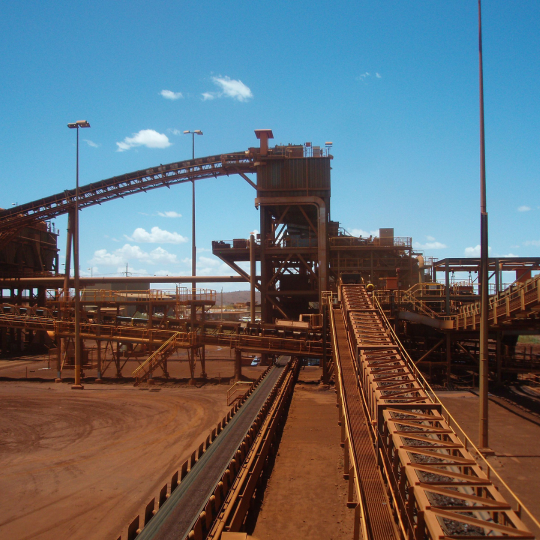
How much can a roller weigh?
The weight of a conveyor roller has a significant impact on the manual handling exposure of your maintenance crew. Incorporating a lightweight conveyor roller is important for the ease of change-outs and can greatly reduce the health and safety risks that are associated with heavy steel rollers.
The weight of a roller is dependent on the type of material it is made from and the application it is being used for. Historically, in heavy applications, traditional steel conveyor rollers can weigh up to 45 kg. During roller change-outs, steel rollers can be an operator risk due to their heavy weight and awkward location resulting in worker fatigue and a higher risk of back or hand injuries.
With advancements in technology and innovation, composite rollers have become a dominant choice for major mining companies due to their unique lightweight properties. Incorporating a lightweight conveyor roller is important for ease of change-outs, significantly reducing the health and safety risks associated with steel rollers. PROK HDPE is 40% lighter than traditional steel rollers of the same duty, meaning roller changeouts can be performed safer and quicker, boosting productivity at your site.
Can noise affect your operations?
Many conveyor systems operate 24/7, with rollers being a contributing factor to the level of noise produced. Contact between the rollers and the belt, along with any damage to the belt will generate increase noise levels when operating.
Depending on the location of your conveyor system, such as close to residential areas, you need to be aware of the regional laws and policies in place for environmental noise. Disturbances to residents during certain hours can incur a hefty fine.
Noise can also impact the safety of your workers, exposure to elevated noise levels over long periods of time can lead to permanent hearing loss.
Testing of PROK composite rollers has demonstrated they produce less noise than steel rollers, with the PROK HDPE roller being 50% quieter than traditional steel rollers.
How can corrosion affect your rollers?
With corrosion being one of the main causes of roller failure, it is important to consider the environmental factors in which the roller is operating. The roller’s construction along with a seal design is critical to prevent contaminants and moisture from entering the bearing and achieving the desired longevity of the roller.
Steel rollers when exposed to wet environments are more vulnerable to rust and corrosion as compared to HDPE rollers. PROK HDPE rollers are designed to reduce the risk of failure when operating in harsh conditions with superior features such as;
Shell and end cap manufactured from composite materials with properties that makes them resistant to corrosion.
Multi-labyrinth sealing system with shielded bearings providing a barrier from water and contamination ingress.
Conclusion
Selecting the right roller for your conveyor belt system is not always straightforward. The key factors that should be considered are;
- The operating environment and loading application the roller
- Roller construction and materials used
- Bearing and sealing system
- Noise generation from the roller belt interface
The factors above will all influence which roller is right for your conveyor system and how well it will perform.
PROK rollers are designed and engineered to withstand the 3 most common modes of failure, being bearing failure due to poor sealing, bearing housing connection and wear and abrasion on the shell.
If you would like to have a chat with one of our product specialists to find out more about our conveyor roller range, visit our contact page here.


